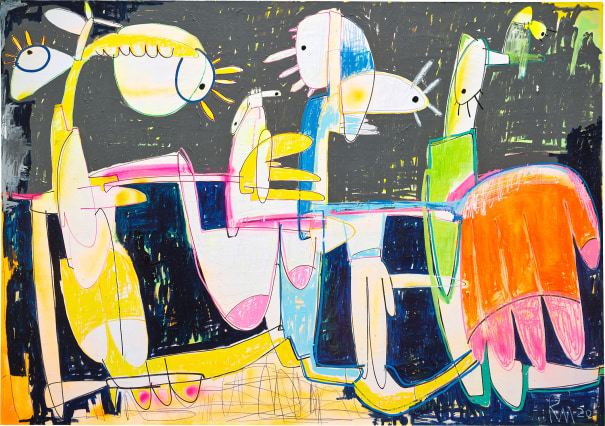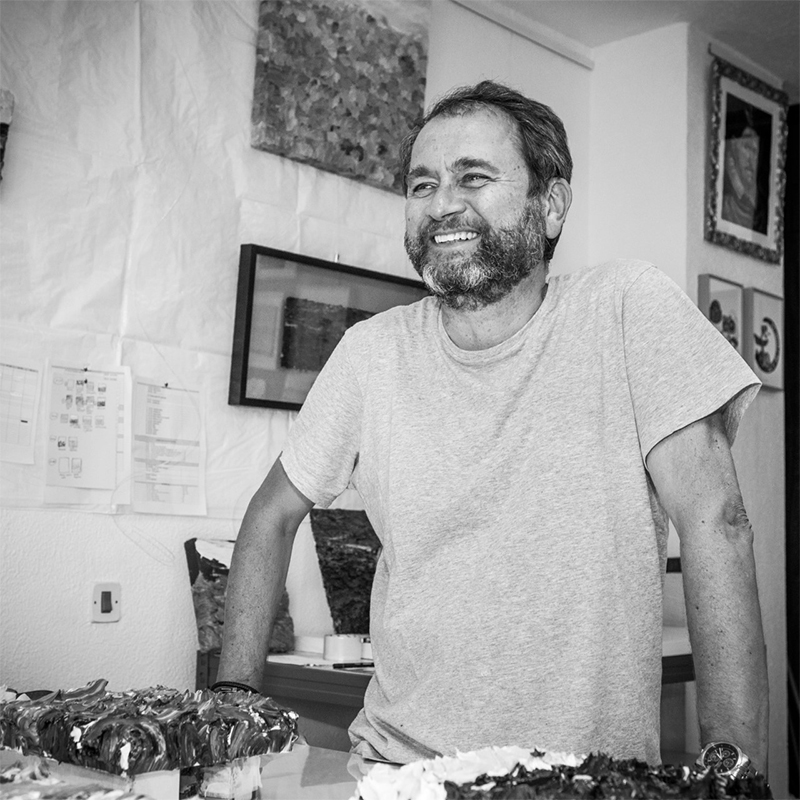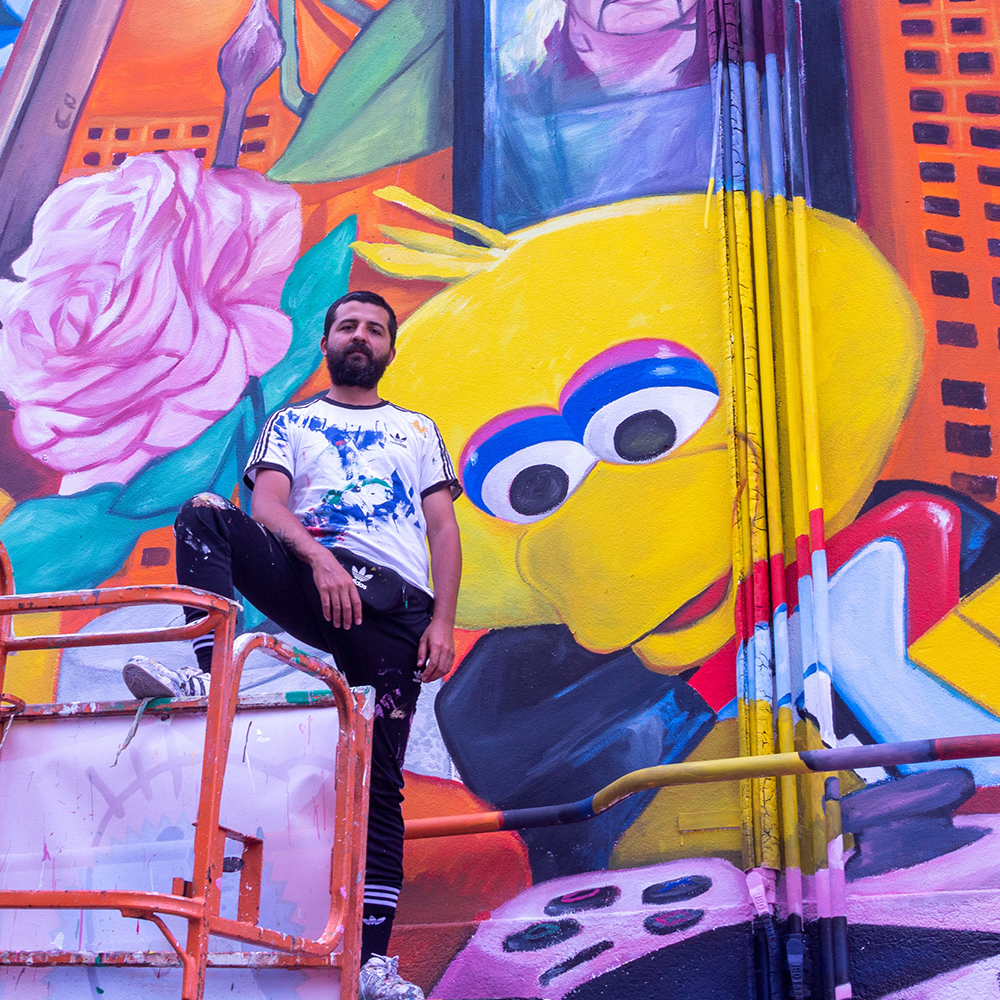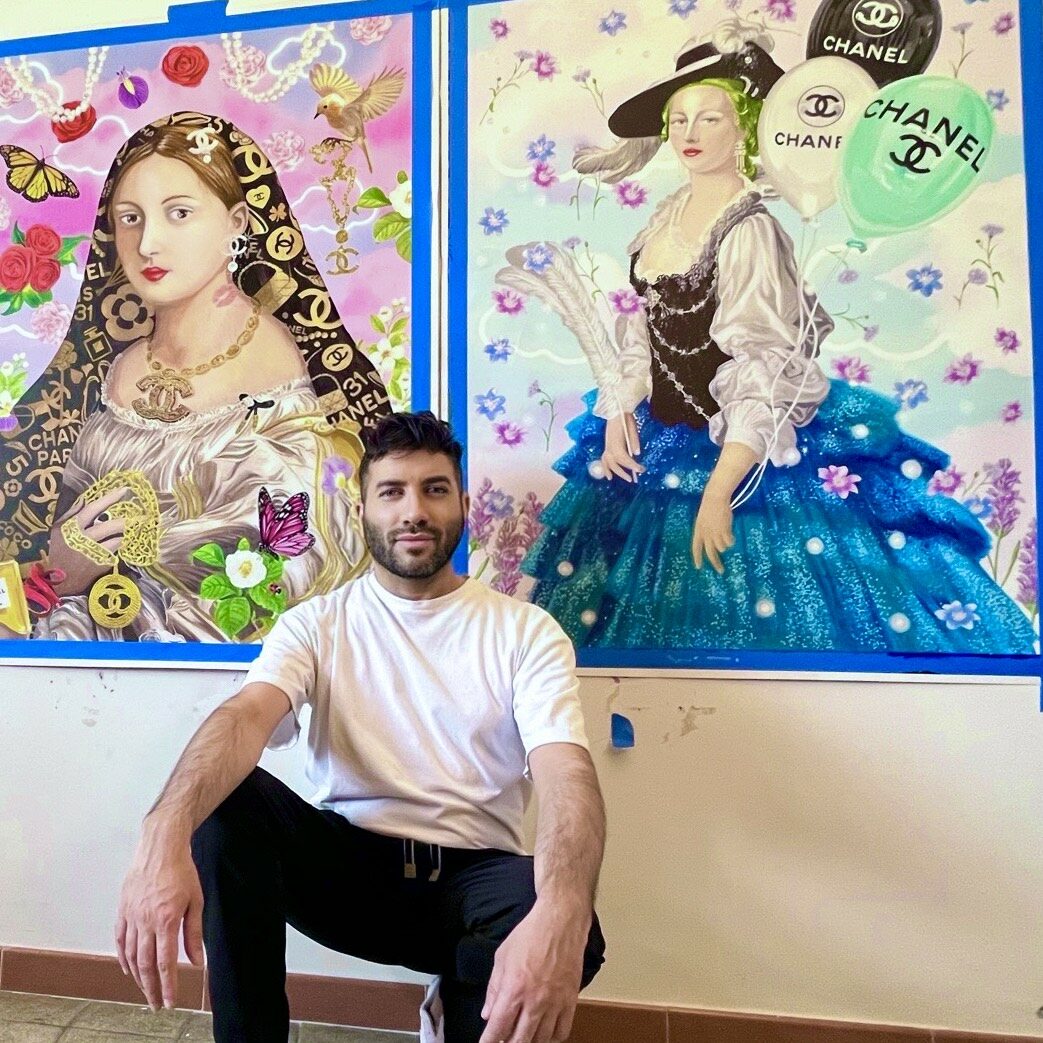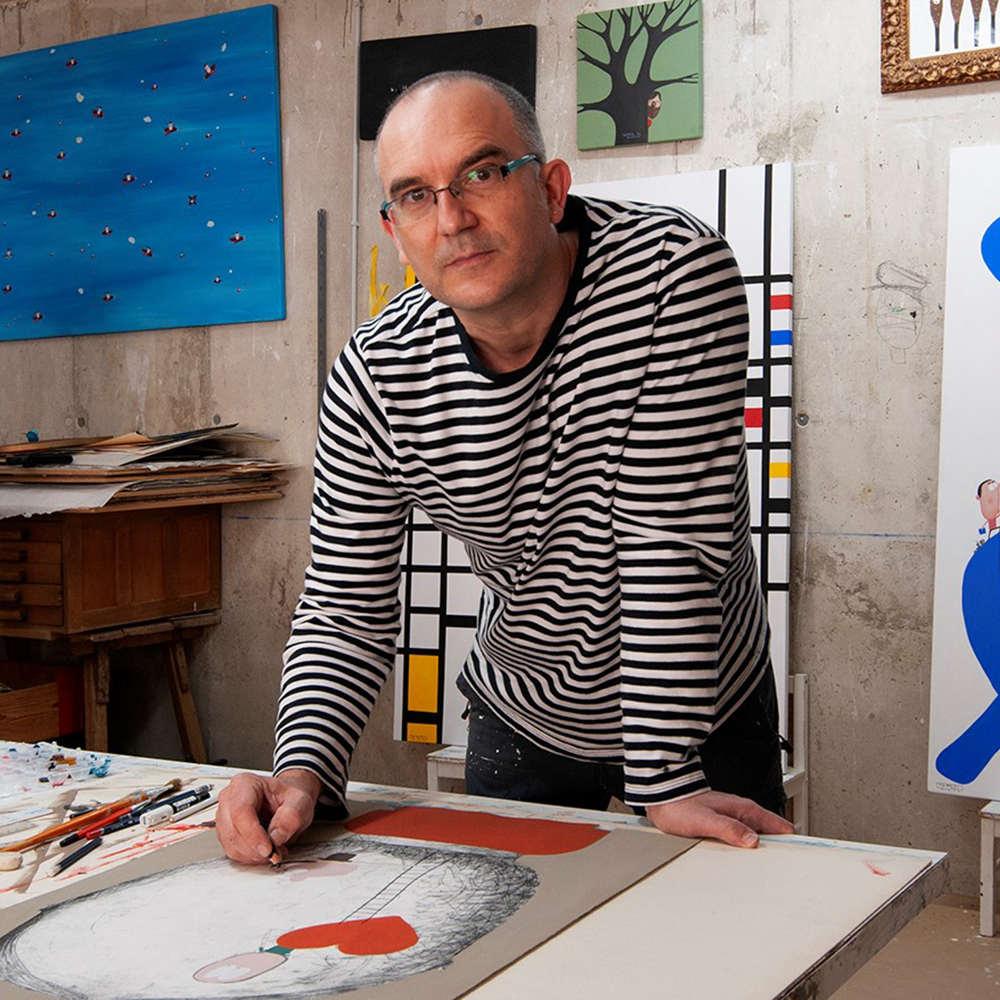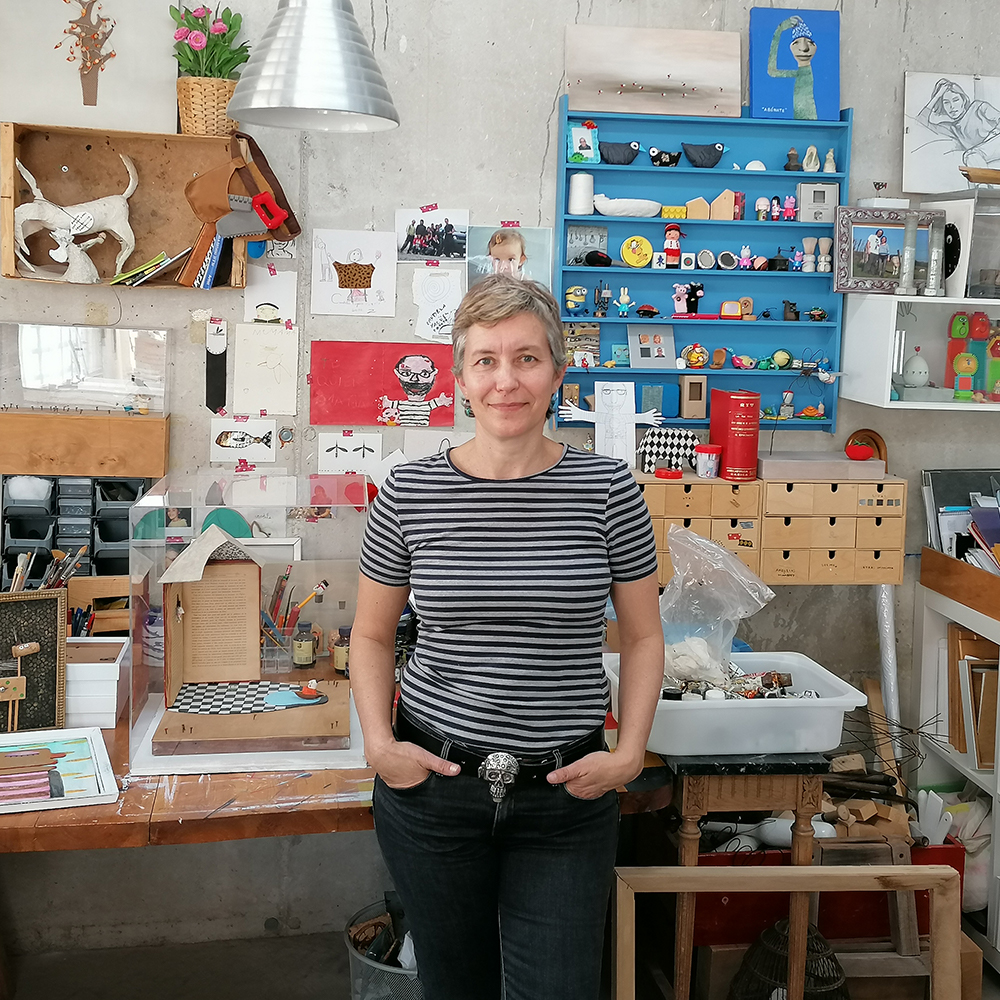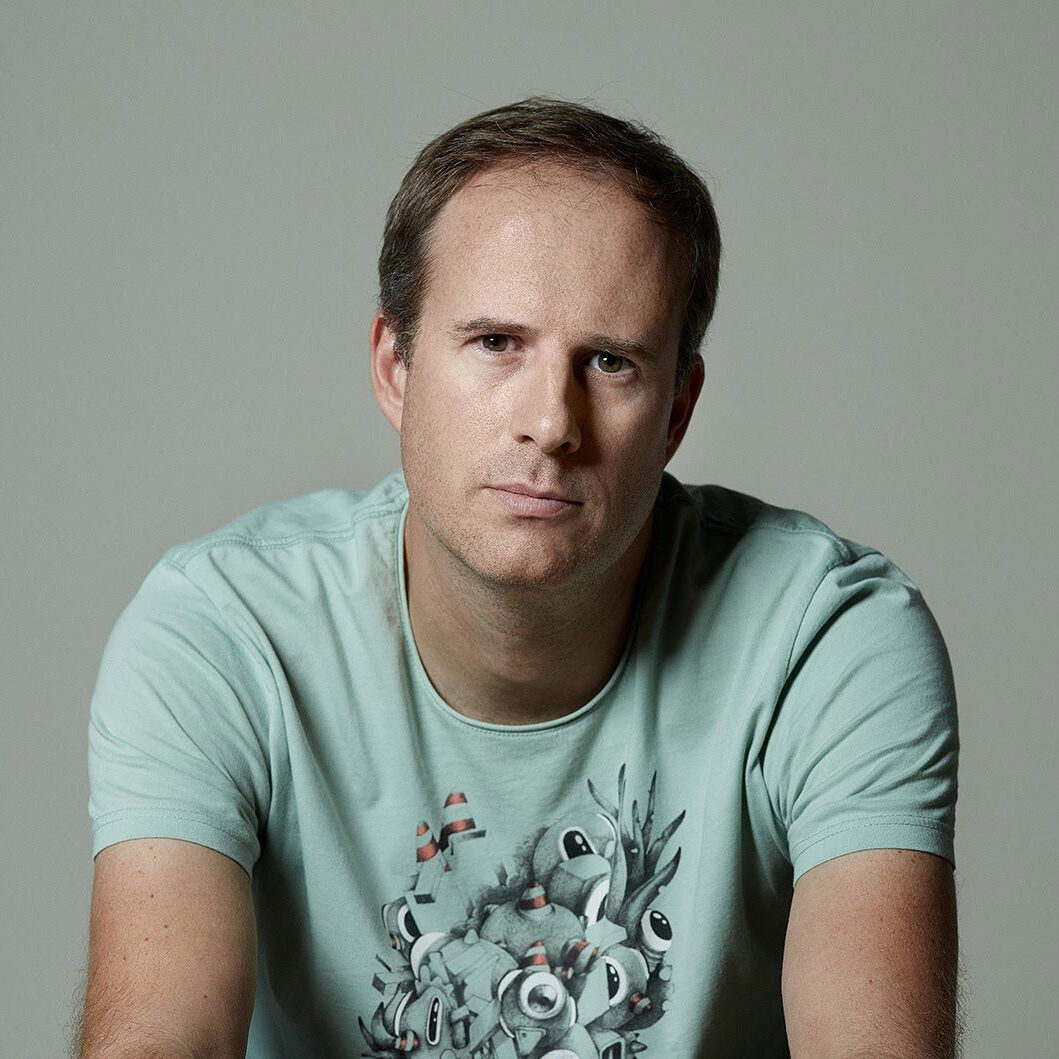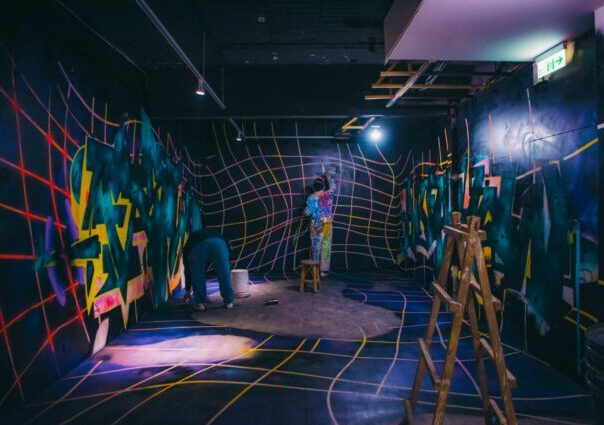
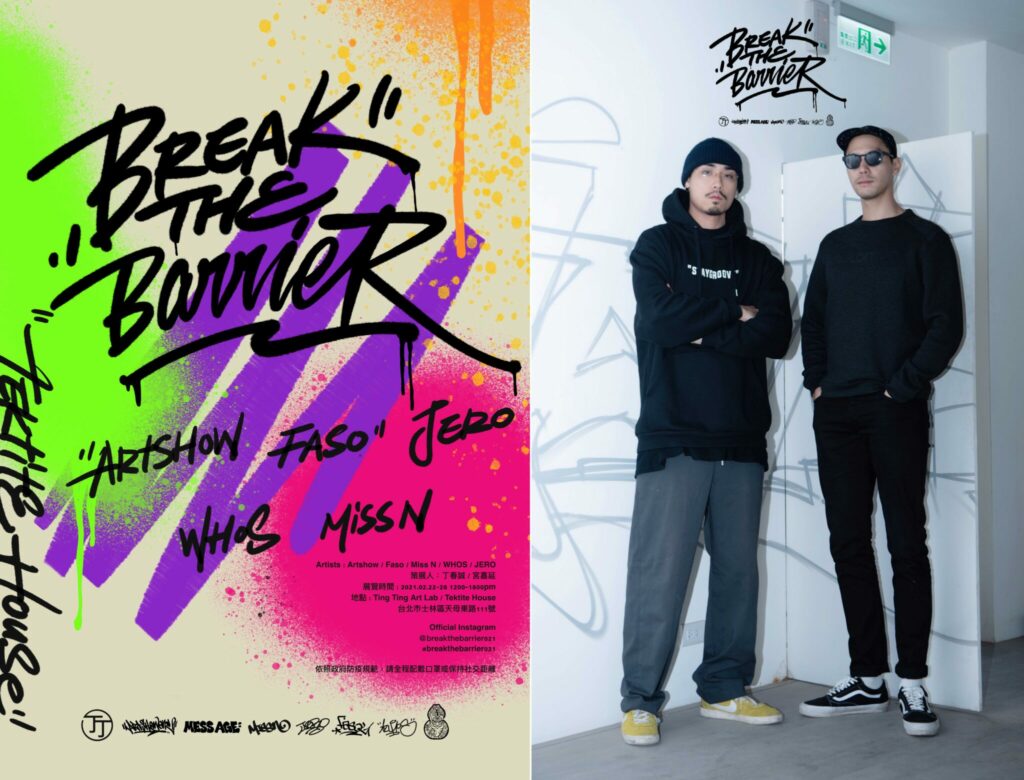
Ting Ting Art Space is opening a new art space, a the renovated version of 50-year stone building — Tektite House, located in Tianmu, Taipei. Curators Sphinx Ting and Gong Jiayan conceived many new creative ideas on this outstanding activity. Young Artist Project was planned to support young artists. The graffiti exhibition No.1 “Break the Barrier” in 2021 was launched during the transformation of Tektite House. With Tin Tin Studio and Curators planning the renovation and interior design, it is expected to be open to the public in the third quarter of this year. The design ingenuity perfectly combines history and creativity in the space.
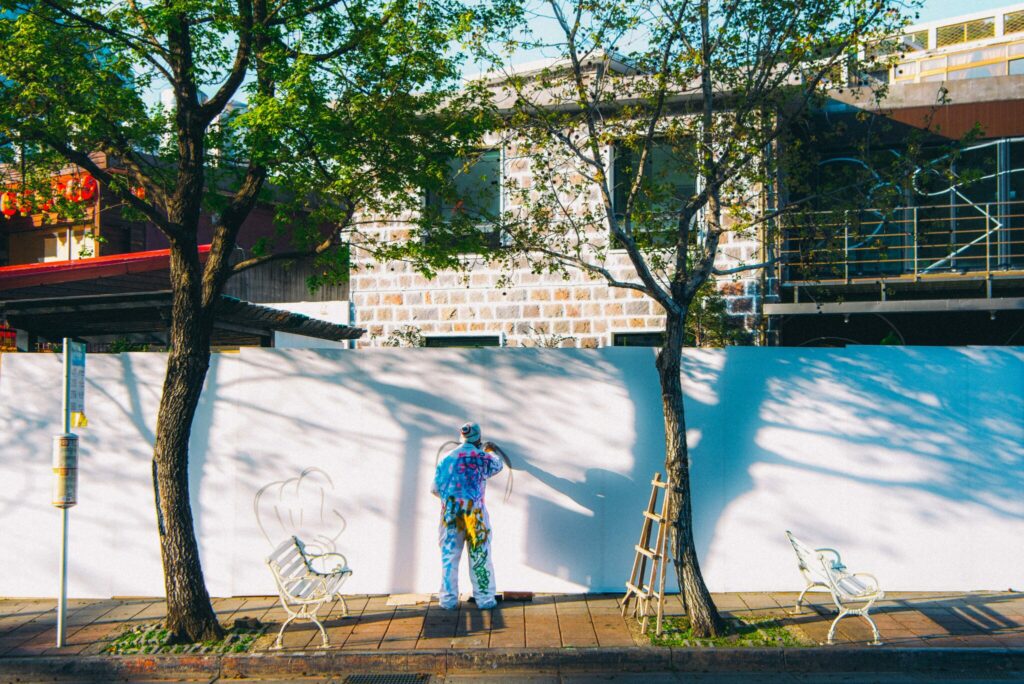
Art Show at Construction
In the past, graffiti was seen as a social movement, and was often mistaken for uneasiness that created chaos. However, with the advancement of art, graffiti art has been accepted by the world, forming an indispensable artistic expression in contemporary art.
The purpose of this “Break the Barrier” is to use graffiti art to provoke public to have deep understanding perspectives of new generation. Through graffiti, one can overcome the epidemic, race and culture, as well as the existing knowledge of art. With the art show, Tektite House is turning a new page , remodeling into Ting Ting Art Space .
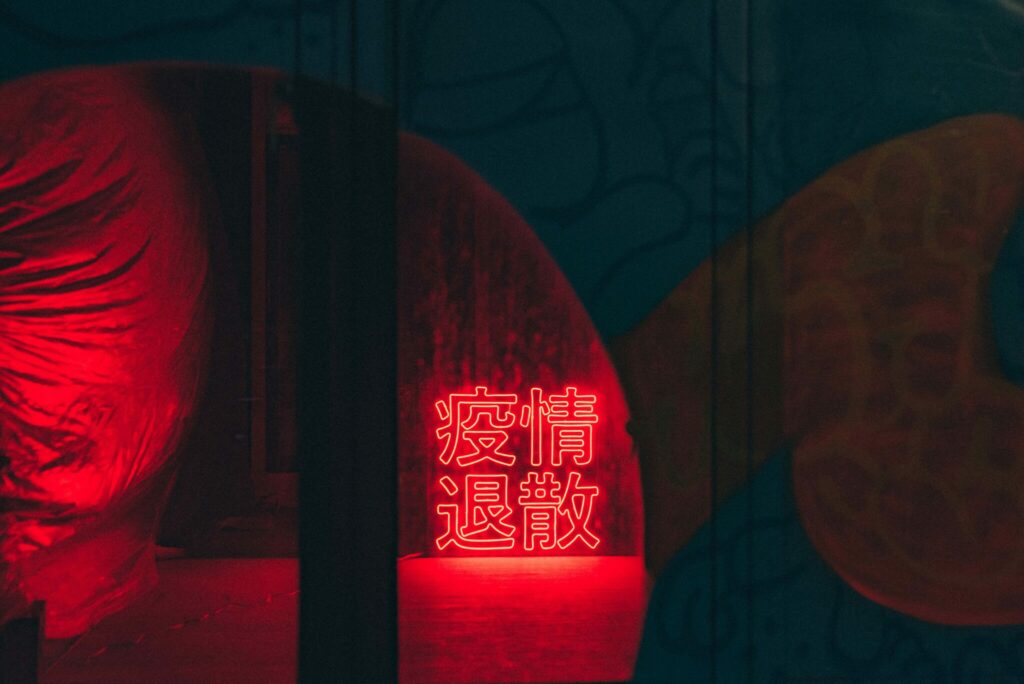
Site-specific Art
The art exhibition has invited the graffiti artists Art Show for the main visual design. Art Show is committed to promoting street culture, and is into various fields such as hip-hop , graffiti, design and education, and has important representative significance in the hip-hop world.
In addition, the exhibition also presented the art works of a well-known writer in the circle of graffiti, the studio Mess-Age E. Mess-Age E works share a reputation all over the world, the team directer Faso & Miss N actively communicates the world’s first-hand graffiti information with art lovers.
It is worth mentioning that the exhibition space will use the original appearance of the Tektite House before the renovation, and use the current situation before the renovation to create graffiti art, creating a brand-new exhibition experience and feeling, injecting complete hip-hop street elements, and more art, music. Incorporating dance into the exhibition, this will be one of the most hip-hop, Chill, and most anticipated art exhibitions after the Lunar New Year.
Ting Ting Art Space
BREAK THE BARRIER 021 Graffiti Art Exhibiton
Ticket-Free
No. 111, Tianmu E. Rd., Shilin Dist., Taipei City 111037 , Taiwan
now – 2021 / 03 / 01 Mon. 02:00 pm – 08:00 pm
